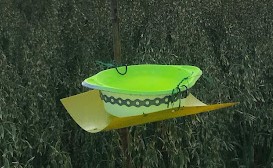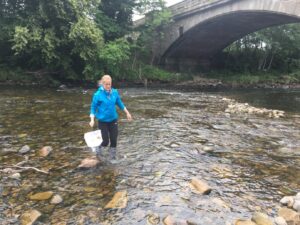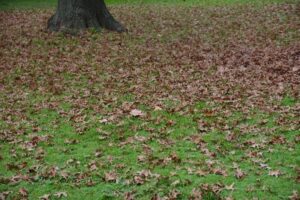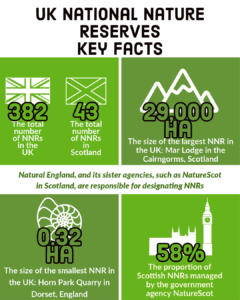Yesterday I watched a webinar by the Chartered Institute of Ecology and Environmental Management on “Science Communication for Ecologists”. It spoke of the effectiveness of using stories to communicate ecological concepts, the importance of visuals, and how to communicate in a way that is accessible and inclusive. I would like to implement some of what I have learnt from the webinar in my project.
Use of stories
Vicky Bowskill, a PhD student at the Open University, as well as a writer and illustrator, explained the importance of stories in science communication, and how to use them effectively. She highlighted how our brains are wired to remember things which are delivered in story form, and how structuring messages in this way can make them more memorable. One way to do this is to make your audience care about a conservation issue, and then show them what they can do to help, rather than focusing on the threats. This made me think about my current project plan. The last lesson currently finishes on the threats to insects – a rather negative concept to end on. Vicky also talked about using a story arc, for example, explaining what things were like before, what has happened, and how we can change things. I recognised this as already present in part in my own project: I introduce the background to insects and the wide diversity of insects in the UK, then explain how insects are threatened by habitat loss, which students will hopefully see in ‘real life’ through the practical. However, I am missing the last part of the story arc – how the students can change things, and what positive things there are to aim for. I would now like to include this at the end of the last lesson in my project, to end the scheme of work on a more positive, memorable note. To do this I could present a case study of where insect populations have recovered following habitat restoration. I could also discuss the work of charities such as Buglife, the Bumble Bee Conservation Trust, and Butterfly Conservation and show how they are helping to protect insects. I think a good way to end the scheme of lessons would be to ask the students how they think they can help insects, giving them some ideas, such as: sharing with friends/family how important insects are, recording the insects they see using apps such as INaturalist, and asking teachers and school staff for help with meaningful projects around the school to help insects – such as providing bug hotels, and pots of native wildflowers.
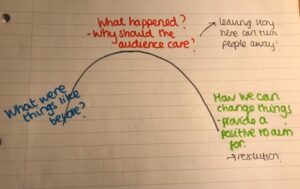
A section of my notes from the webinar of a diagram of a ‘story arc’. “Story Arc” by Bethany Hickling is licensed under CCBY
Visual aids
A common theme mentioned by all the speakers in the webinar was the importance of using visual aids to support a message, which was something also discussed in the webinar I watched a few weeks ago by National Museums Scotland. This webinar highlighted that people respond well to colour, and character. Therefore, I will choose colourful and appealing images for the activity resources I produce.
Accessibility
Admittedly, I had not considered accessibility in depth before watching this webinar. The webinar suggested ways to increase the accessibility of teaching materials including text formatting and colour choice, e.g. the size of font, and a clear font type, and avoiding clashing colours for autistic readers. After the webinar, I considered ways in which students could help insects, and initially thought about activities that could be done in gardens. However, I need to consider that not all students will have access to such a space. To make the actions I give students more accessible, I have come up with three actions (as mentioned above) that most students will be able to do (i.e. share information with friends or family, record insects on the iNaturalist app, and encourage their school to do more for insects).
Concluding thoughts
In summary, the CIEEM webinar was extremely valuable in getting me to think how I want to communicate the importance of insects to the students, and how I will get this message to stay with them. I am definitely going to make use of a story arc, and end my scheme of lessons on a more positive note, to inspire the students’ action and sustained interest.

